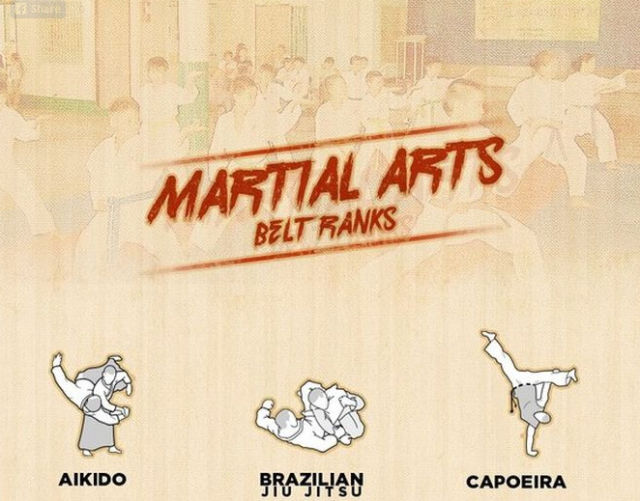Trick Differences In Between Typical Martial Arts And Modern Battle Sports: A Thorough Analysis
Trick Differences In Between Typical Martial Arts And Modern Battle Sports: A Thorough Analysis
Blog Article
Post Created By-Thuesen Rocha
When you consider martial arts, do you lean extra towards the conventional practices or the modern fight sporting activities? Each course uses special benefits and experiences, formed by their ideologies and training methods. Standard martial arts highlight personal development and technique, while modern-day combat sporting activities concentrate on competition and efficiency. Comprehending these differences can direct you in choosing the best technique for your trip. But just how do these distinctions manifest in training and viewpoint?
The Viewpoint and History Behind Conventional Martial arts
While lots of people associate martial arts with physical battle, the viewpoint and background behind conventional martial arts run much deeper. You'll discover that these disciplines emphasize individual growth, technique, and regard.
Stemming from ancient techniques, conventional martial arts were often established for Self-Defense and spiritual development. They embody principles such as equilibrium, consistency, and self-constraint, leading professionals past plain combating skills.
As you train, you'll not just find out strategies however additionally obtain insights right into the culture and worths that shaped these arts. The routines and traditions, often passed down with generations, foster a sense of area and belonging.
The Affordable Nature of Modern Fight Sports
Modern combat sporting activities have actually changed the landscape of martial arts into a highly competitive sector, where athletes face off in an examination of skill, method, and endurance.
You'll see that competitors are commonly organized with rigorous policies and policies, guaranteeing fair play and safety and security. how to do martial arts kids draw in large target markets, fueling the enjoyment and strength of matchups.
Athletes train carefully, not just for physical expertise yet likewise for mental sturdiness, understanding that every information counts in the ring. The adrenaline rush throughout competitors is apparent, as fighters press their limitations to declare victory.
Followers value the athleticism and virtuosity involved, making modern combat sports a thrilling phenomenon that continues to advance and mesmerize fanatics worldwide.
Training Approaches and Techniques: A Relative Evaluation
The affordable ambience of contemporary battle sporting activities needs ingenious training techniques that vary dramatically from conventional martial arts.
In https://www.wfmz.com/video/it-could-happen-to-anybody-martial-arts-school-teaches-women-self-defense-in-memory-of/video_f70d0a58-b5b3-5116-8c5a-9592f9b5d649.html , you'll concentrate on specific methods, sparring, and conditioning, usually utilizing drills that replicate actual battle situations. You'll see an emphasis on measurable performance and frequent competitors to examine your skills.
In contrast, standard martial arts focus on kinds, katas, and philosophical trainings, commonly stressing discipline and respect over competitors.
Training is typically less extreme and might include recurring practice as opposed to real-time sparring.
While both methods develop ability and fitness, modern battle sports provide a much more vibrant and versatile training environment, preparing you for immediate difficulties in the ring or cage.
Select the course that aligns with your goals and interests.
Conclusion
In choosing in between standard martial arts and contemporary battle sporting activities, it actually boils down to what you value most. If you're trying to find individual development, discipline, and a sense of community, conventional arts might be your best fit. But if you grow on competition and real-time challenges, modern fight sporting activities could be the way to go. Eventually, both paths provide one-of-a-kind advantages, so it's everything about straightening your training with your personal goals and rate of interests.
